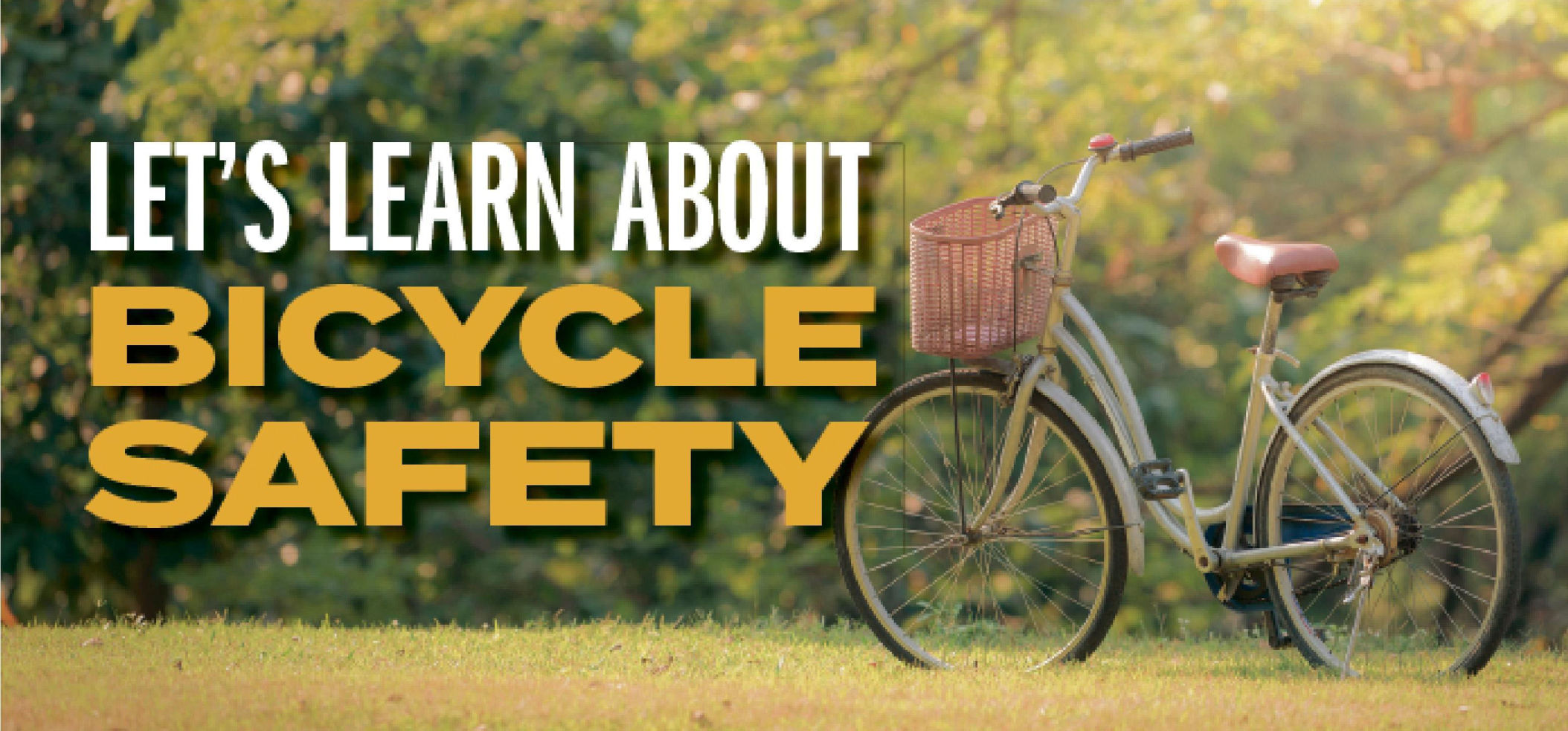
Carlton Neal
May 9, 2019
Support For People With Disabilities On The Journey To Work
May 9, 2019May is Bicycle Safety month, and the U.S. Department of Transportation’s National Highway Traffic Safety Administration (NHTSA) is reminding drivers and bicyclists to do their part to help reduce deaths and injuries on our roads.
“We encourage bicyclists and motorists to put safety first,” said Deputy Administrator Heidi King. “Take simple precautions – remain focused to the road and the traffic around you; anticipate what others may do, before they do.”
Bicycling is fun, healthy, and a great family activity. But a bicycle isn’t a toy; it’s a vehicle!
Some bike crashes can cause serious injuries and most are related to the behavior of you (the bicyclist) or the motorist. There are a number of things you can do to prevent a crash, and protect your brain if a crash occurs.
Before riding, make sure you, your family, and the bicycles are ready to ride. Always remember to.
Wear a Bicycle Helmet: Everyone — at every age — should wear bicycle helmets. Helmets come in various sizes, just like hats. Measure your head to find your size. The helmet should sit about one or two finger-widths above your eyebrows. It should fit sung; no rocking back and forth! Quick test to make sure it’s on correctly and snug: give a big yawn! The helmet should pull down on your head.
Adjust Your Bicycle to Fit Stand over your bicycle. There should be 1 to 2 inches between the rider and the top tube (bar) if using a road hike and 3 to 4 inches if using a mountain bike. The seat should be level front to back, and the height should be adjusted to allow a slight bend at the knee when the leg is fully extended. The handlebar height should be level with the seat.
Check Your Equipment: Before riding, inflate tires properly and check that the brakes work.
See and Be Sees: Whether daytime, dawn, dusk, bad weather, or at night, make yourself visible to others. Wear neon, fluorescent or other bright colors when riding, to be most easily seen. Wear something that reflects light such as reflective tape or markings, or flashing lights. Remember, just because you can see a driver doesn’t mean the driver ran, see you.
Central the Bicycle: Ride with two hands on the handlebars, except when signaling a turn. Place books and other items in a bicycle carrier or backpack.
Use Verbal and Non-Verbal Communication: This includes eye contact with drivers, turn signals, pointing to road hazards for bicyclists behind you, and stating “passing on your left,” or “on your left.”
Avoid Riding at Night: It’s hard for road users to see bicyclists at dusk, dawn, and nighttime. Use reflectors on the front and rear of your bicycle. White lights and red rear reflectors or lights are required by law in all States.
Children younger than 10 years old are not consistently able to make the decisions necessary to safely ride unsupervised in the street. Therefore, they are safer riding away from traffic.
For more information on bicycle safety and how to properly fit a helmet visit the National Highway Traffic Safety Administration at www.nhtsa.dotgov/bicycles.







